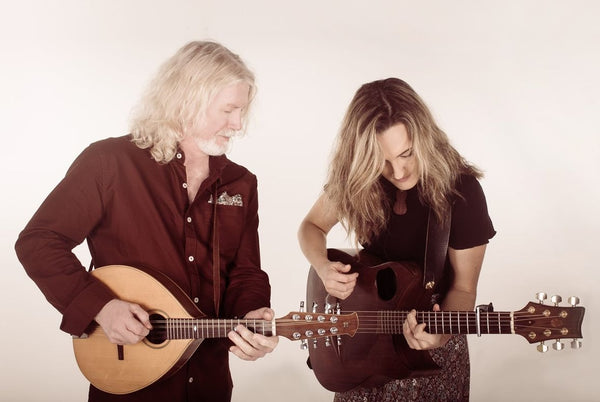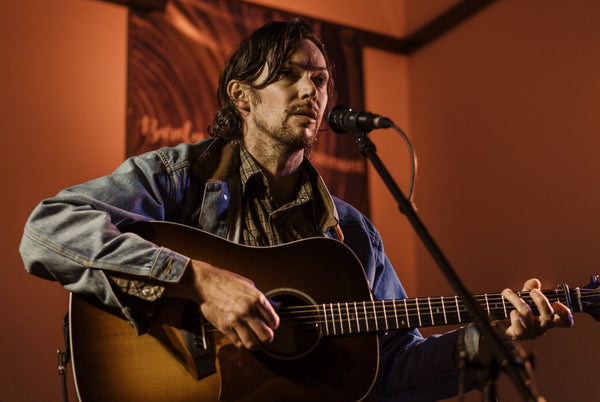Stylin' Brews: Blonde Ale

The Profile
One of the most approachable beers out there, blonde ales are easy looking, easier drinking and perfect for the summer. Its golden straw colour loves the sunlight and it has a mellow bitterness as well as subtle malty hints. There are no really dominating characteristics in this beer, although this necessarily doesn’t exclude them to the lower end of the flavour spectrum as sometimes brewers will experiment by adding honey, spices and/or fruits.
Our Blowering Blonde, as the name sort of suggests, is a stronger take on this beer. It keeps the good looks and light malts yet is loaded with North American Citra hops to really make it stand out and shout. Come down and try a pint or two! You may end up taking some stubbies home with you too…
The History
Blonde ale is quite young by beer standards. It sits somewhere in-between a lager and a kölsch, although often beers slipped into this category will straddle the categories on either side, depending on who’s brewing it. Blonde ale sits in the background of the recent annuals of beer history, always ready to make a cameo appearance.
The blonde style originates about 100 years ago in Belgium and was a result of the popularity of larger in the rest of Europe. The Belgians weren’t going to change their traditions to suit bucking trends so they played around with what they had. They put some paler pilsner malts in with their Belgian ale yeast and out came this new style. These golden ales were called names from Blond, to Tripel to Golden Strong, and all designate variations in this class of Blondes.
You see blonde describes the colour of the brew, and after that it is down to the country producing it to use the style to advertise or exhibition a certain ingredient, whether it be the characteristics of the malts or the flavours produced by the hops or the yeast.
 What we took our inspiration from for our Blowering Blonde was the American blonde ale, which, it is said, was first created as an intermediary to get the American public used to the mass-market beers which are synonymous with American drinking culture. This is why we’ve used it to expose the beautiful North American Citra hop.
What we took our inspiration from for our Blowering Blonde was the American blonde ale, which, it is said, was first created as an intermediary to get the American public used to the mass-market beers which are synonymous with American drinking culture. This is why we’ve used it to expose the beautiful North American Citra hop.



